ECG Blog #417 — AFib with Aberrancy?
Ken Grauer, MD
FEBRUARY 15, 2024
The ECG in Figure-1 was obtained from a previously healthy middle-aged man — who presented to the ED ( E mergency D epartment ) for shortness of breath. QUESTIONS: How would YOU interpret the ECG shown in Figure-1 ? Given the irregular irregularity of beats #4-through 17 — Is this a run of AFib ( A trial Fib rillation ) with aberrant conduction? Figure-1: The initial ECG in today's case.
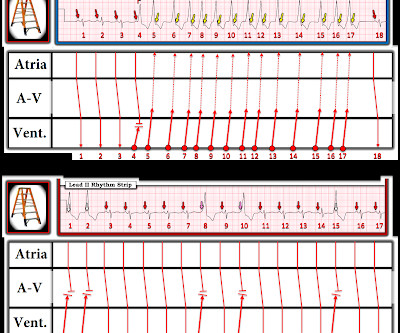


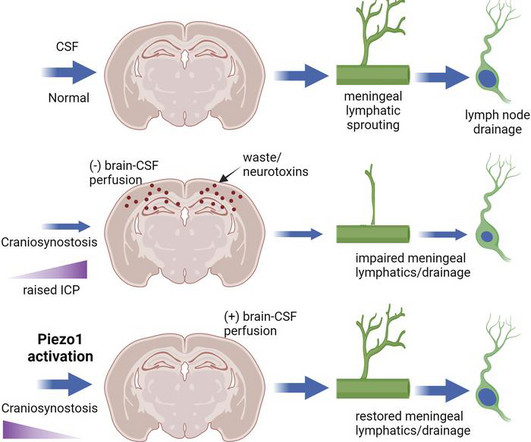






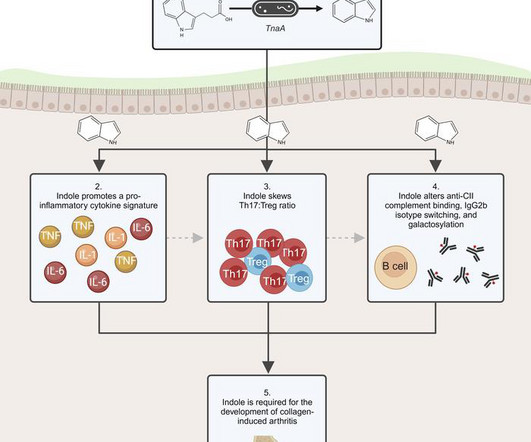



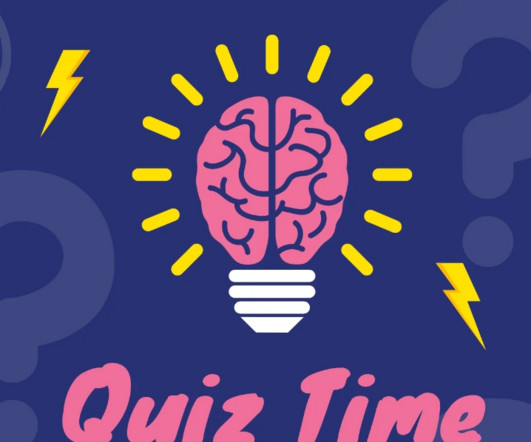


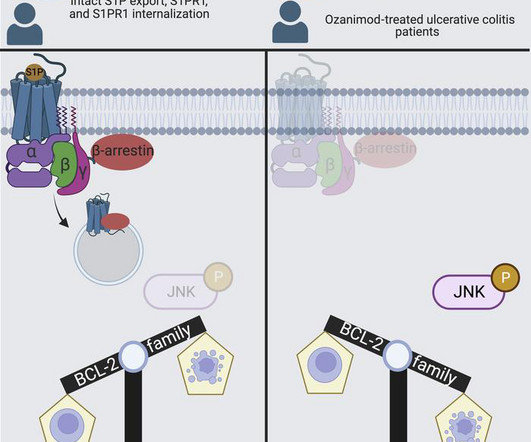
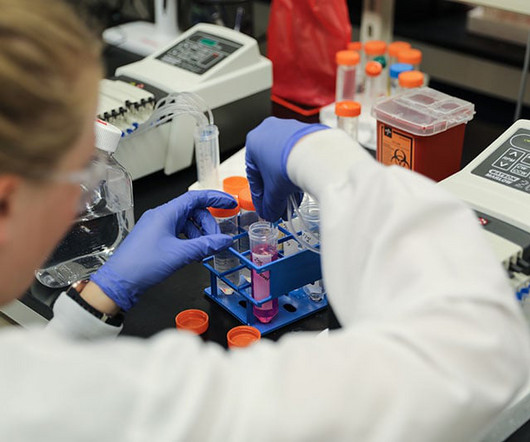
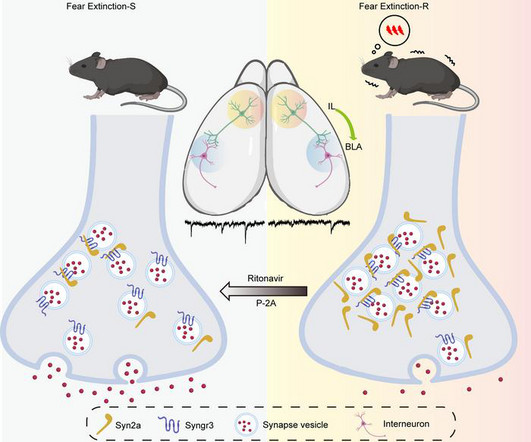
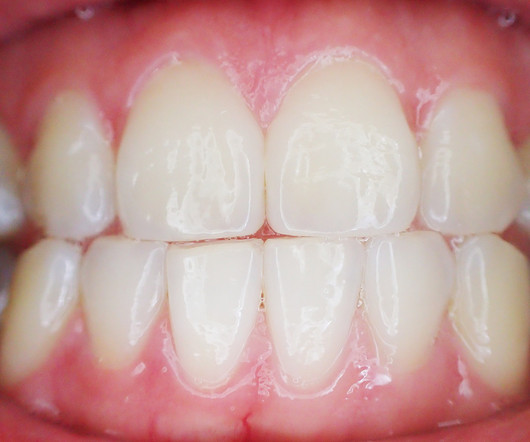



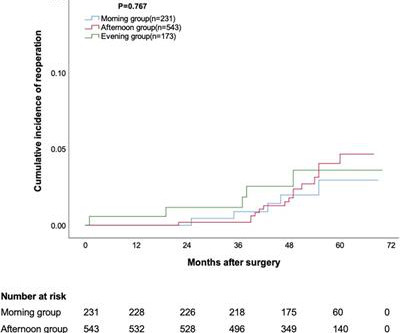
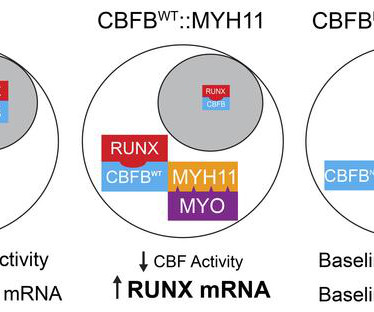




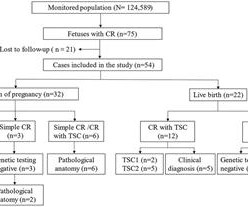











Let's personalize your content